News
Chilling In The Caribbean
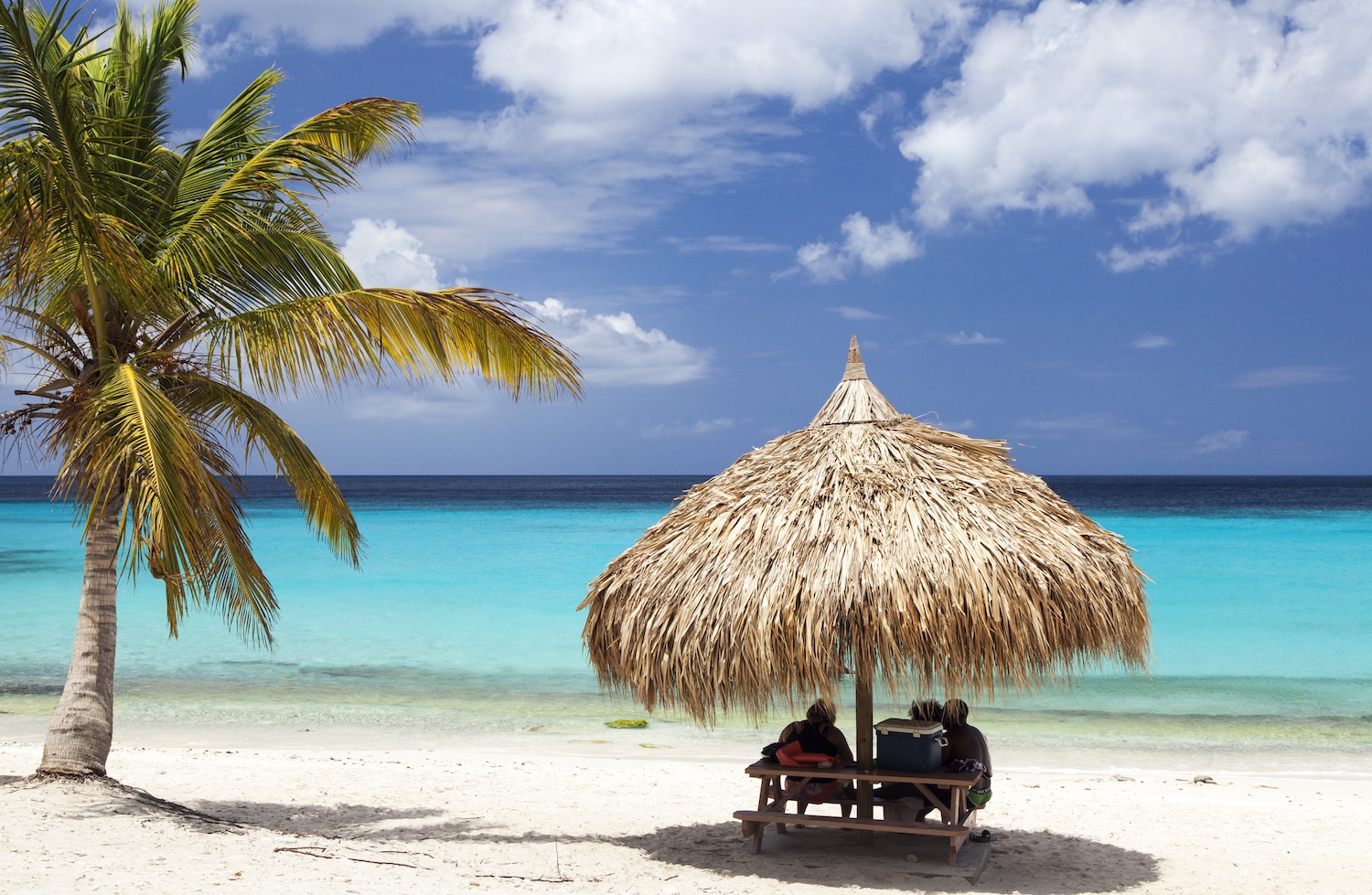
Looking out of the office window and seeing nothing but grey skies is the perfect motivator we need to consider a trip to somewhere totally tropical.
With warm blue waters teeming with marine life, sun-kissed beaches fringed with palm trees and lush tropical rainforests, the Caribbean offers travellers the perfect antidote to those workday blues. Regaldive has a number of gorgeous Caribbean destinations to entice you.
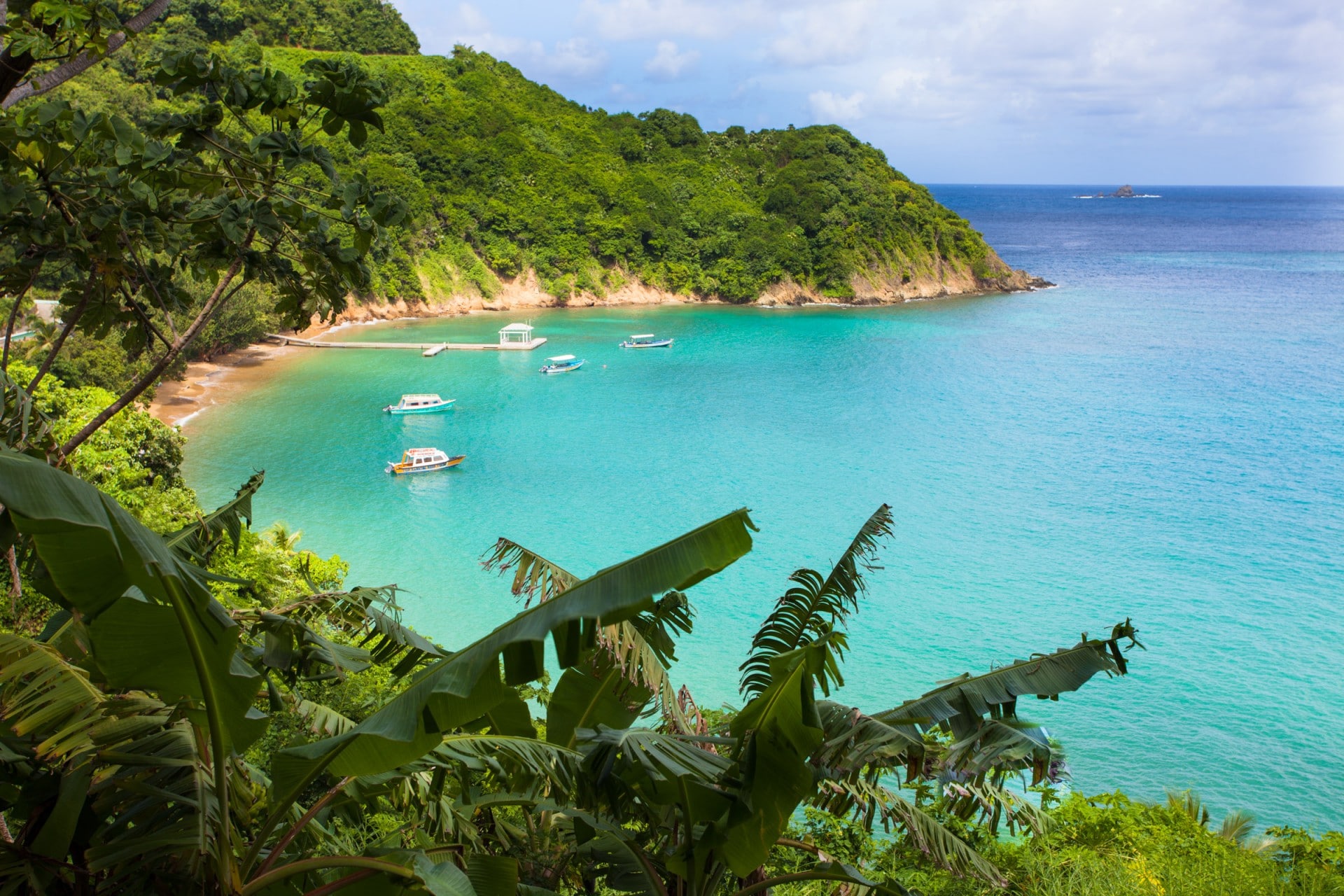
Tobago’s diving has a deserved reputation for enormous brain corals and thrilling drift dives. Mixed with the warmer Gulf Stream, the Guyana current flows along the island’s Atlantic coast, providing some of the most spectacular drift dives in the Caribbean. Divers can expect to see an impressive array of species including barracudas, jacks, tunas, tarpons, different type of sharks, rays including mantas, and turtles.
By contrast the marine life on the Caribbean coast benefits from cooler water temperatures, less current and wind. Sheltered reefs of hard and soft corals, colourful sponges and a thriving fish population make diving the Caribbean coast a rewarding experience, regardless of your level of experience. This coast also boasts Tobago’s finest wreck, the Maverick, a former car ferry that was intentionally sunk in 1997 and lies in 30m.
Bonaire lies just north of Venezuela and is widely recognised as one of the Caribbean’s premier diving destinations. It rarely rains and the waters surrounding the island are rich in nutrients, giving rise to its fabulous marine diversity and beautiful fringing reef.
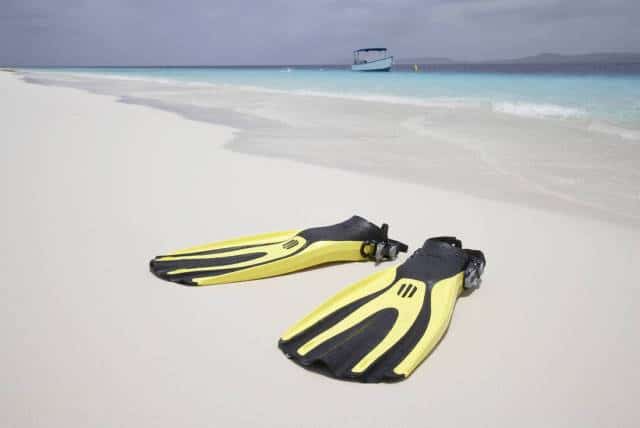
© Bilderlounge/Photoshot
Bonaire is world-famous for its dive and drive packages, providing divers with complete freedom to investigate this beautiful island above and below water. Dive packages start with unlimited air access, available 24 hours a day. Shore entry dive sites are generally not crowded or exposed to strong currents. Divers often encounter turtles, jacks and inquisitive tarpon. Seahorses, the islands emblem, thrive in Bonaire’s waters, alongside rarely seen frogfish.
Underwater, Curaçao has much in common with its smaller neighbouring island, Bonaire, with a fringing reef running the length of the west coast. The island’s location ensures year round diving in crystal clear waters. Curaçao boasts excellent reefs with an attractive range of wrecks and has been voted one of the top three places for shore diving in the world.
The island has over 60 recognised dive sites, around 40 of them accessible from shore. There are also a number of excellent wrecks adding variety to the underwater scenery. The cargo ship Superior Producer sank just outside Willemstad harbour. Lying in 30m, the superstructure is covered in beautiful corals and anemones. A little further down the reef at Car Pile, old cars from the 1940s lie on top of one another, forming the base to a gently sloping reef.
Grenada offers divers an exceptional range of different dives. They range in character from beautiful coral gardens to adrenaline charged drift dives where encounters with a variety of rays and sharks are commonplace.
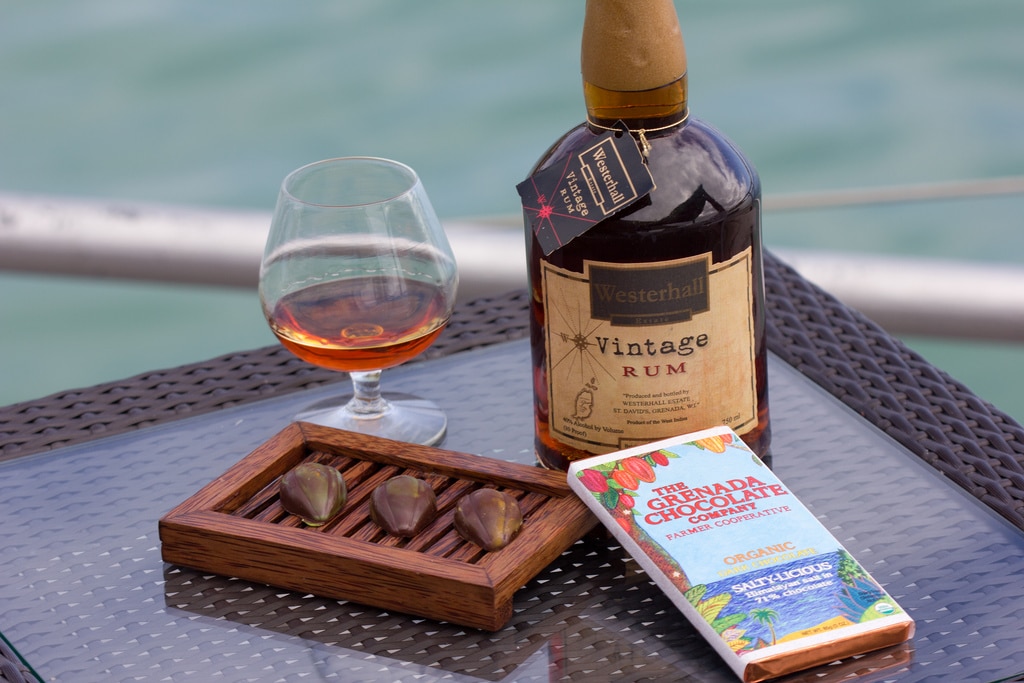
Moliniere reef, within the National Marine Park, has been brought alive and transformed by the work of Jason de Caires Taylor. His human form sculptures present fantastic photographic opportunities whilst forming a new home for underwater sea life and give an entirely new perspective to the diver.
Grenada is recognised for its exceptional range of wrecks. In all there are nine stunning wrecks to visit, including the world-famous Bianca C. The Bianca C is a 200 metre luxury liner that sank in 1961. Lying at a gentle angle the wreck supports a huge amount of marine life and has numerous points of interest, including the swimming pool and the bridge.
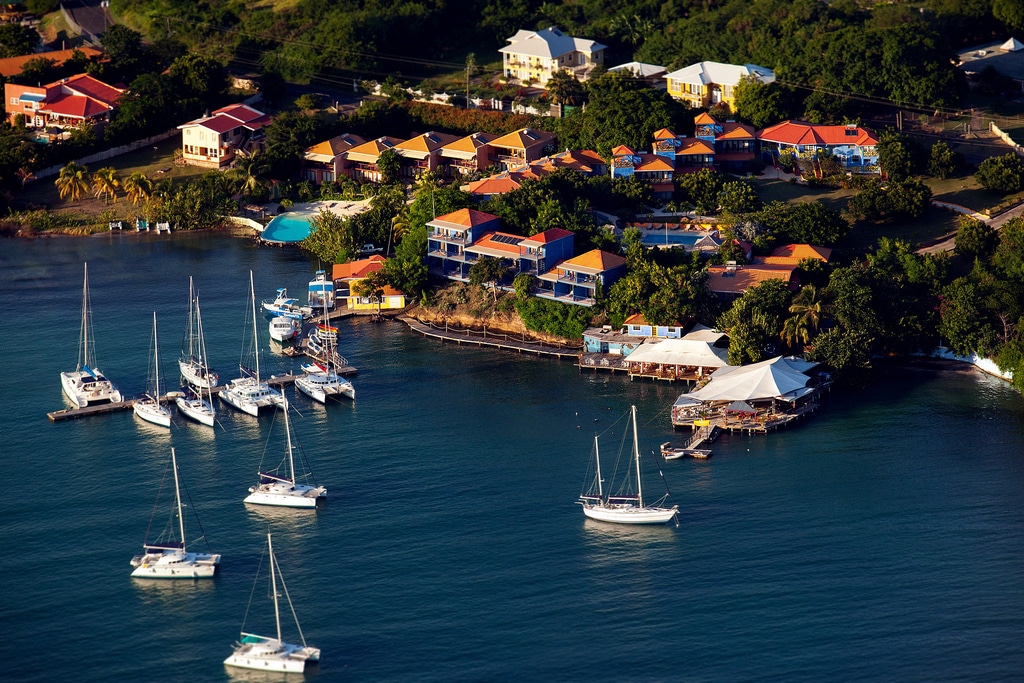
Sitting north-east of Monserrat, St. Kitts and Nevis offer a lovely mix of above and below water beauty. The diving is diverse, with a wealth of coral colours on shallow pinnacles, walls, sandy gullies and deeper marine sea mounts. On land, picturesque coves with brightly coloured fishing boats, laid back villages and lush rainforests offer the chance to experience a little Caribbean life.
The marine life provides divers with multiple sightings of moray eels, hawksbill turtles, jacks, barracuda and stingrays and divers will also find frogfish, seahorses and nudibranchs buried in the reefs.
Mexico is one of the most diverse and exciting dive destinations in the world. From the world famous reefs of Cozumel to the once in a lifetime experience of diving the Cenotes, Mexico’s Yucatan Peninsula really has it all!
Cozumel is Mexico’s largest island, easily accessible by ferry. In contrast with the mainland resorts, Cozumel offers a more relaxed and laidback feel and is in keeping with what one might expect from a true Caribbean island. The southern end of the island is a protected national marine park, and home to the famous Planacar Reef, named by Jacques Cousteau as one of the best scuba diving spots in the world. The island is separated from the mainland by a deep oceanic trench, creating a funnel for the consistently nutrient rich currents that guarantee exhilarating drifts and dramatic wall dives.
Experienced divers will relish the chance to explore one of the longest submerged cave and cavern systems in the world. The Cenotes are justifiably known as the jewel in the crown of Yucatan diving. Float in gin clear fresh water amongst stalagmites and stalactites, bathed in shafts of light filtering through the jungle canopy above.
With so many different islands offering experiences to suit every diver, why not consider chilling in the Caribbean this year?
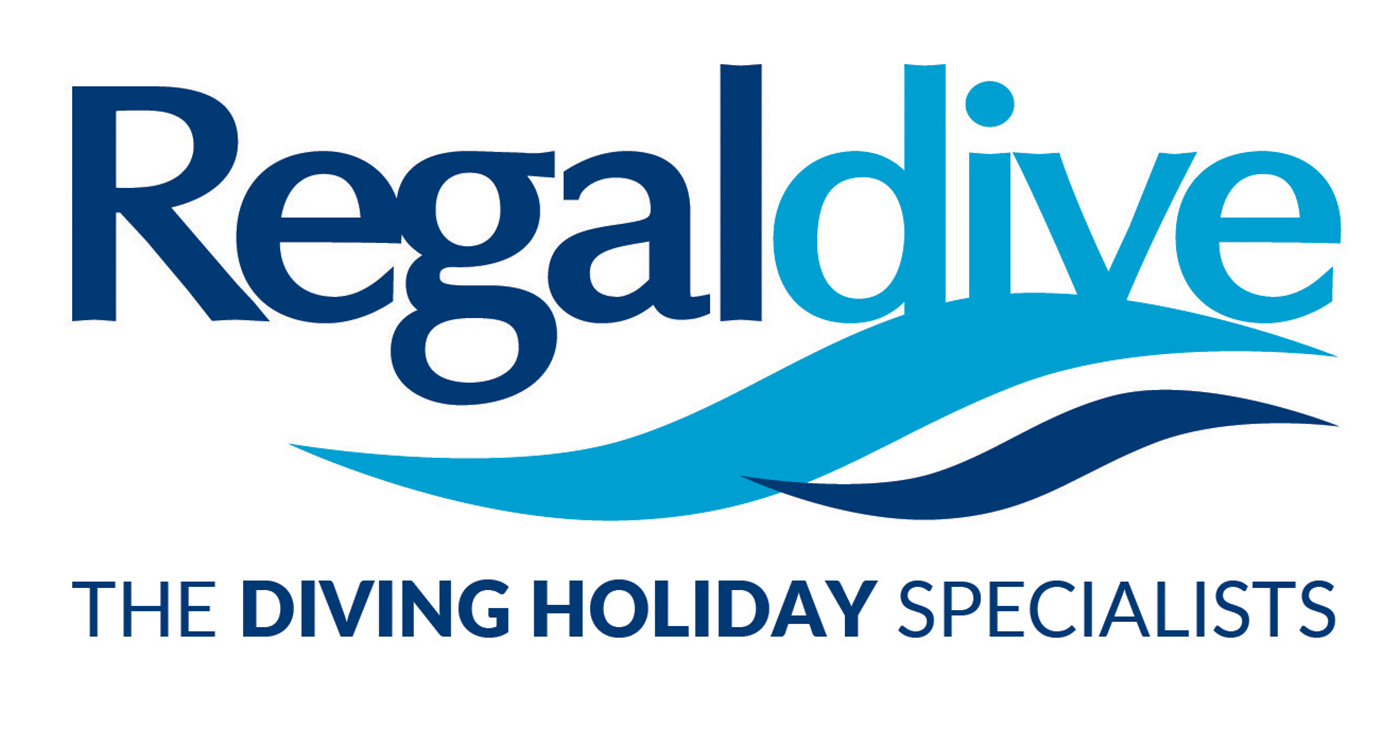 To find out more, call the Regaldive team on 01353 659999 or visit www.regaldive.co.uk.
To find out more, call the Regaldive team on 01353 659999 or visit www.regaldive.co.uk.
Blogs
Northern Red Sea Reefs and Wrecks Trip Report, Part 2: Wall to Wall Wrecks

Jake Davies boards Ghazala Explorer for an unforgettable Red Sea diving experience…
The second day’s diving was a day full of wreck diving at Abu Nuhas, which included the Chrisoula K, Carnatic, and Ghiannis D. The first dive of the day was onto the Chrisoula K, also known as the wreck of tiles. The 98m vessel remains largely intact where she was loaded with tiles which can be seen throughout the hold. The stern sits at 26m and the bow just below the surface. One of the highlights of the wreck is heading inside and seeing the workroom where the machinery used for cutting the tiles are perfectly intact. The bow provided some relaxing scenery as the bright sunlight highlighted the colours of the soft coral reef and the many reef fish.

Following breakfast, we then headed to the next wreck, which was the Carnatic. The Carnatic is an 89.9m sail steamer vessel that was built in Britain back in 1862. She ran aground on the reef back in 1869 and remains at 27m. At the time, she was carrying a range of items, including 40,000 sterling in gold. An impressive wreck where much of the superstructure remains, and the two large masts lay on the seafloor. The wooden ribs of the hull provide structures for lots of soft corals, and into the stern section, the light beams through, bouncing off the large shoals of glass fish that can be found using the structure as shelter from the larger predators that are found outside of the wreck.

The final wreck at Abu Nuhas was the Ghiannis D, originally called ‘Shoyo Maru,’ which was 99.5m long and built in Japan back in 1969 before becoming a Greek-registered cargo ship in 1980. The ship then ran aground on the reef on April 19th, 1983, and now sits at the bottom at a depth of 27m. Heading down the line, the stern of the ship remains in good condition compared to the rest of the hull. The highlight of the wreck, though, is heading into the stern section and down the flights of stairs to enter the engine room, which remains in good condition and is definitely worth exploring. After exploring the interior section of the ship, we then headed over to see the rest of the superstructure, where it’s particularly interesting to see the large table corals that have grown at the bow relatively quickly considering the date the ship sank. After surfacing and enjoying some afternoon snacks, we made sure everything was strapped down and secured as we would be heading north and crossing the Gulf of Suez, where the winds were still creating plenty of chop.

The next morning, it was a short hop to Ras Mohammed Nature Reserve for the next couple of days of diving. The 6am wake-up call came along with the briefing for the first site we would be diving, which was Shark & Yolanda. The low current conditions allowed us to start the dive at Anemone City, where we would drift along the steep, coral-filled wall. These dives involved drifts, as mooring in Ras Mohammed wasn’t allowed to protect the reefs. As a dive site, Shark & Yolanda is well-known and historically had a lot of sharks, but unfortunately not so many in recent years, especially not so early in the season. However, there was always a chance when looking out into the blue.

The gentle drift took us along the steep walls of the site, with plenty of anemone fish to be seen and a huge variety of corals. It wasn’t long into the dive before we were accompanied by a hawksbill turtle, who drifted with us between the two atolls before parting ways. Between the two reefs, the shallow patch with parts of coral heads surrounded by sand provided the chance to see a few blue-spotted stingrays that were mainly resting underneath the corals and are always a pleasure to see. With this being the morning dive, the early sunlight lit up the walls, providing tranquil moments. Looking out into the blue, there was very little to be seen, but a small shoal of batfish shimmering underneath the sunlight was a moment to capture as we watched them swim by as they watched us.

Towards the end of the dive, we stopped at the wreck of the Jolanda where the seafloor was scattered with toilets from the containers it was carrying. This provided a unique site to make a safety stop, which was also accompanied by a large barracuda slowly swimming by, along with a hawksbill turtle calmly swimming over the reef as the sun rays danced in the distance.
For the next dive, we headed north to the Strait of Tiran to explore the reefs situated between Tiran Island and Sharm El Sheik, which were named after the British divers who had found them. We started on Jackson before heading to Gordons Reef, where we also did the night dive. All the atolls at these sites provided stunning, bustling coral reefs close to the surface and steep walls to swim along, which always provided the opportunity to keep an eye out for some of the larger species that can be seen in the blue. Midwater around Jackson Reef was filled with red-toothed triggerfish and shoals of banner fish, which at times were so dense that you couldn’t see into the blue. Moments went by peacefully as we enjoyed the slow drift above the reef, watching these shoals swim around under the mid-afternoon sun.

The night dive at Gordon’s Reef was mainly among the stacks of corals surrounded by sand, which was great to explore under the darkness. After some time circling the corals, we came across what we were really hoping to find, and that was an octopus hunting on the reef. We spent the majority of the dive just watching it crawl among the reef, blending into its changing surroundings through changes in colour and skin texture. It’s always so fascinating and captivating to watch these incredibly intelligent animals, in awe of their ability to carry out these physical changes to perfectly blend into the reef. Before we knew it, it was time to head back to the boat to enjoy a well-deserved tasty dinner prepared by the talented chefs onboard.
Check in for the 3rd and final part of this series from Jake tomorrow!
To find out more about the Northern Red Sea reef and wrecks itineraries aboard Ghazala Explorer, or to book, contact Scuba Travel now:
Email: dive@scubatravel.com
Tel: +44 (0)1483 411590
Photos: Jake Davies / Avalon.Red
Marine Life & Conservation
Double Bubble for Basking Sharks

 The Shark Trust is excited to announce that, for two more days only, all donations, large or small, will be doubled in the Big Give Green Match Fund!
The Shark Trust is excited to announce that, for two more days only, all donations, large or small, will be doubled in the Big Give Green Match Fund!
Donate to Basking in Nature: Sighting Giants
The Shark Trust is hoping to raise £10k which will be doubled to £20k. This will go towards Basking in Nature: Sighting Giants. And they need YOUR help to reach they’re goal.
The Shark Trust’s citizen science project is to monitor and assess basking sharks through sightings; encouraging data collection, community engagement, and promoting nature accessibility. This initiative aims to enhance health and wellbeing by fostering a deeper connection with British Sharks.
Campaign Aims
- Increase citizen science reporting of Basking Sharks and other shark sightings to help inform shark and ray conservation.
- Provide educational talks about the diverse range of sharks and rays in British waters and accessible identification guides!
- Create engaging and fun information panels on how to ID the amazing sharks and rays we have on our doorstep! These can be used on coastal paths around the Southwest. With activities and information on how you can make a difference for sharks and rays!
- Promote mental wellbeing through increasing time in nature and discovering the wonders beneath the waves!
Donate, and double your impact. Click Here
-

 News3 months ago
News3 months agoHone your underwater photography skills with Alphamarine Photography at Red Sea Diving Safari in March
-

 News3 months ago
News3 months agoCapturing Critters in Lembeh Underwater Photography Workshop 2024: Event Roundup
-

 Marine Life & Conservation Blogs2 months ago
Marine Life & Conservation Blogs2 months agoCreature Feature: Swell Sharks
-

 Blogs2 months ago
Blogs2 months agoMurex Resorts: Passport to Paradise!
-

 Blogs2 months ago
Blogs2 months agoDiver Discovering Whale Skeletons Beneath Ice Judged World’s Best Underwater Photograph
-

 Gear Reviews2 months ago
Gear Reviews2 months agoGear Review: Oceanic+ Dive Housing for iPhone
-

 Marine Life & Conservation2 months ago
Marine Life & Conservation2 months agoSave the Manatee Club launches brand new webcams at Silver Springs State Park, Florida
-

 News3 months ago
News3 months agoWorld’s Best Underwater Photographers Unveil Breathtaking Images at World Shootout 2023

















